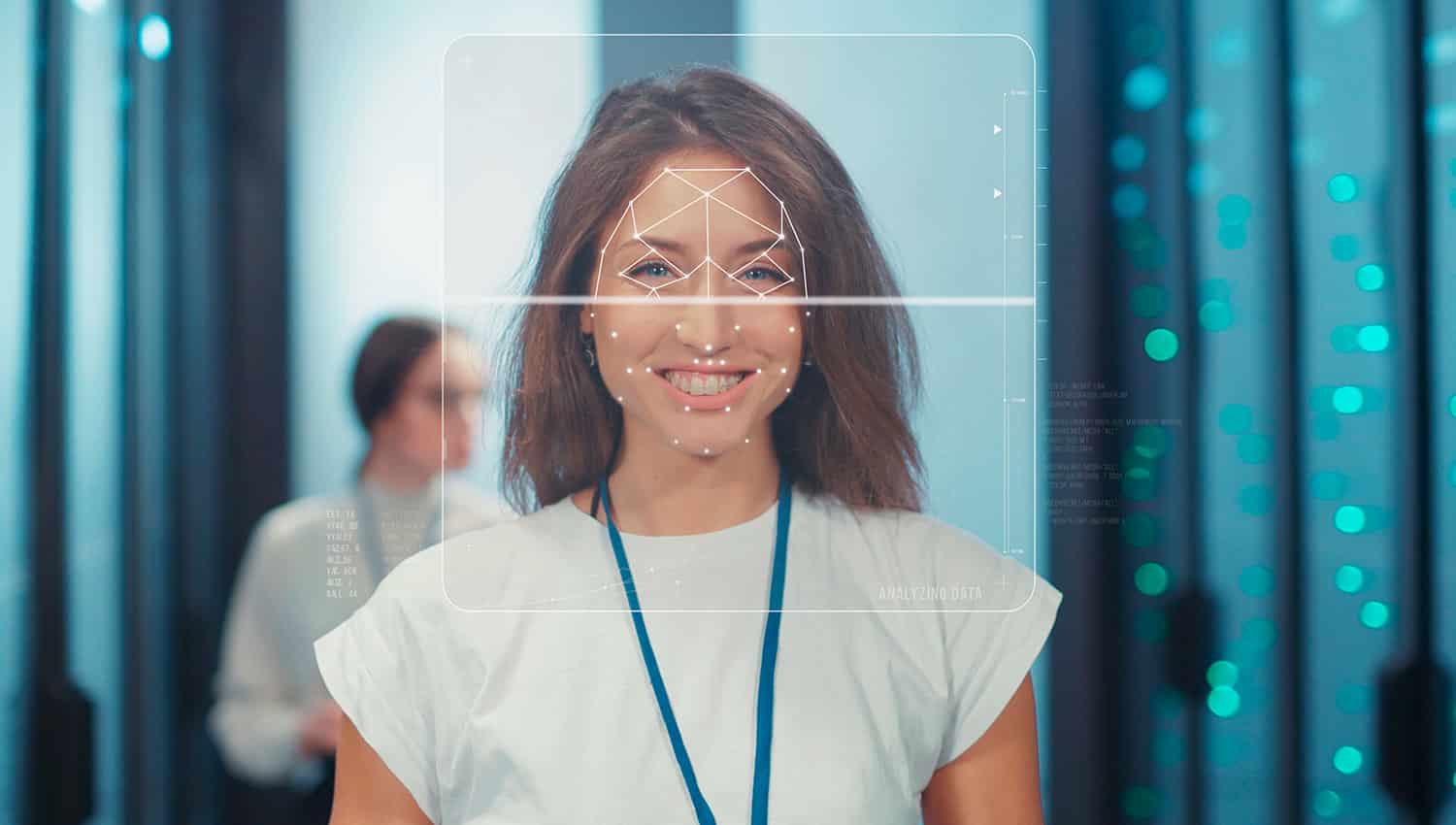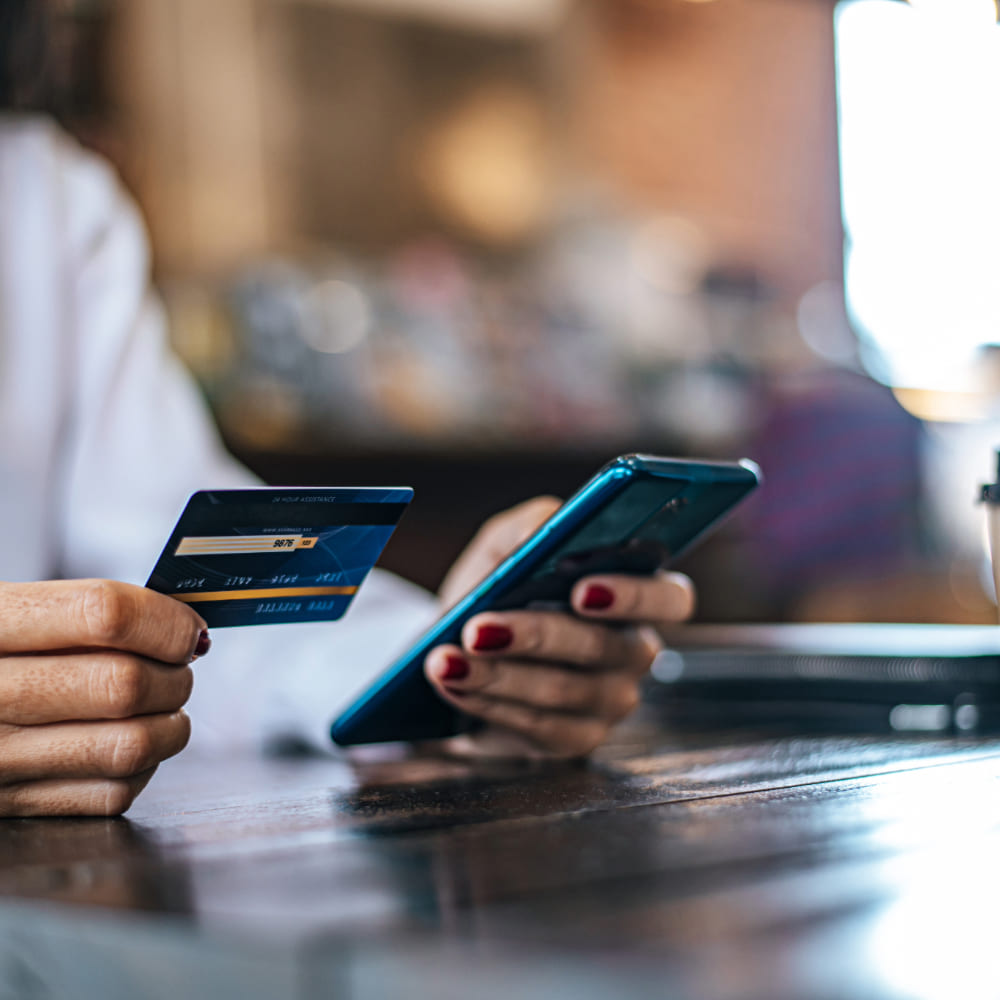The abandonment rate in the financial industry can be reduced — but only by addressing the underlying causes and redesigning digital experiences with real user needs in mind.
Biometric identification. The solution to online fraud in secure digital transactions
Preventing bot attacks without harming the user is the great challenge for identity verification.
The consumption of digital services has increased exponentially in recent years, to the point where all kinds of transactions are possible over the Internet. As a consequence of the increase in demand, new fraud methods used by cybercriminals have emerged: Mass automated bots.
Bot is short for robot, and applies to autonomous computer programmes that are able to carry out specific tasks by imitating human behaviour.
These new collective attacks target company accounts to obtain identity or credit card data, which will be used to commit the crime such as creating a bank account, laundering money or applying for credit. In addition, attacks on home consumer networks have also increased, where criminals find it very easy to access user data such as name, telephone number or e-mail address.
The solution to these new attack patterns lies in a good electronic identification system. A mechanism that is able to identify that the user is real. The use of extremely complex anti-fraud technology will be detrimental because the company will run the risk of abandonment by the customer in case the usability of the transaction is complicated. Or, in the case of inaccurate technology, it may even consider a legitimate identity as fraudulent and cause the company to lose business.
Therefore, the solution to avoid this type of crime is the development of a good, accurate and easy-to-use electronic identification system, and this is where biometric and behavioural identification comes in, which, in addition to physical aspects, takes into account the user’s behavioural patterns. In other words, the system captures possible anomalies in the user’s behaviour while performing a digital transaction and detects in real time whether it is a human or an automated bot that is trying to access the system.
This technology allows the verification and authentication of the user’s identity through two methods:
- Biometric technology based on physical traits, i.e. fingerprints, facial patterns, hand veins, retina, iris, voice, palm geometries, etc. By means of a simple selfie of the user or voice capture, a pattern is extracted and used for user access.
- Biometric technology based on user behaviour, focusing on how many times a day the user accesses the account, the type of device or the usual location from where transactions are made.
New cybersecurity methods are the tools that businesses need to use to curb online fraud threats. Implementing the best trust services in their secure digital transactions will be the basis for success in their digital transactions as long as the processes are also user-friendly.

























